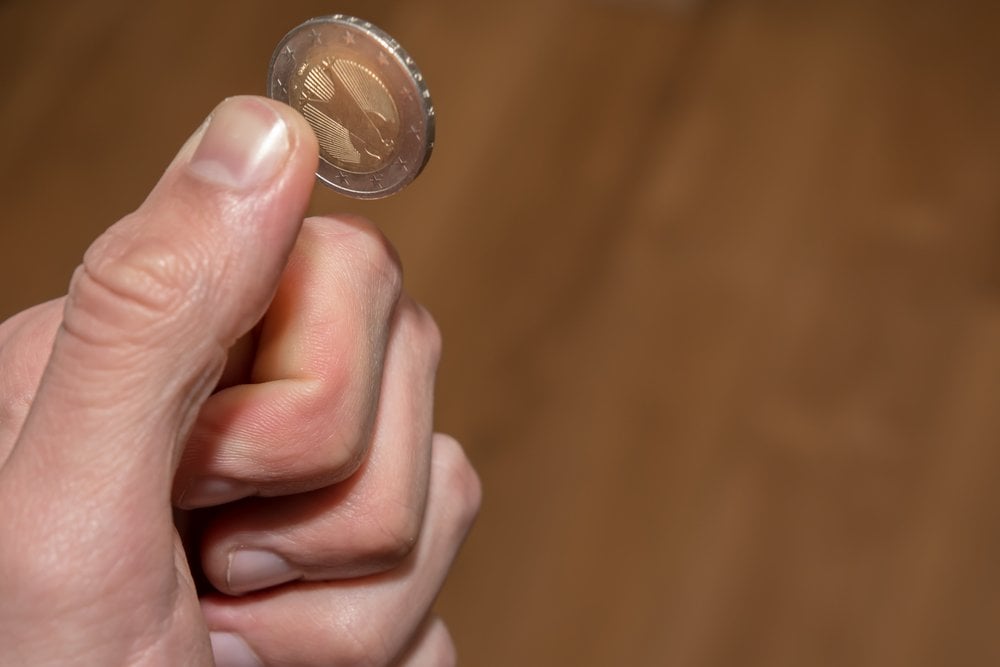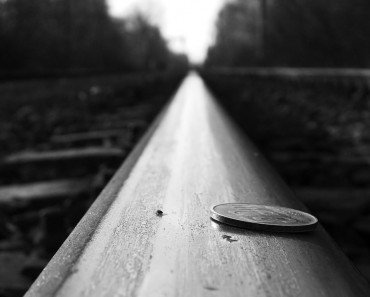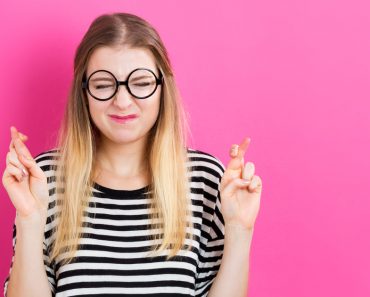Table of Contents (click to expand)
A coin toss is not really fair. There are many factors that can influence the outcome of a coin toss, including minor defects in the coin, wear and tear on the coin, and even bacteria on the coin. Additionally, some people can train their fingers to flip a coin in such a way that they always get the desired outcome. Finally, a study by Persi Diaconis, Susan Holmes, and Richard Montgomery found that a coin toss is not really fair.
Since time immemorial, we have counted on a simple and popular technique to reach a decision that is free from all biases and judgments. This technique also doesn’t involve complex machines to deliver a result.
The most trusted technique to resolve a state of indecision only requires some spare change – and a coin toss.
Recommended Video for you:
Coin Toss: The Technique
Not that it needs any introduction, as you’ve all probably done at least a few of these in your time, but let’s just outline what is supposed to be done when you toss a coin. Coin tossing (or coin flipping) involves a coin that is thrown in the air, and one of the two possible outcomes – heads or tails. Each person in a decision picks one of the two sides in order to reach a result. This is a fairly common method to come to a conclusion (or resolve a dispute), as the process is thought to be free from all bias, and that both the possible outcomes (heads or tails) are ‘equally likely’ to occur.

Although coin tossing is widely seen in day-to-day life, it has made its way into official and international platforms as well. In ancient times, the result of a coin toss was considered to be an expression of divine will. Romans used to call the game of coin tossing navia aut caput (“ship or head”), while the British called it ‘cross and pile‘. The name ‘heads or tails’ became frequently used because a head and a tail are considered to be the two body parts located at opposite ends of each other.
Is A Coin Toss Fair?
Okay, we all know that it’s fair. Right? How could it not be?

Actually, the process is so amazingly easy, quick, and absolute that it doesn’t leave even a shred of doubt. Come on! A coin toss is the fairest way to resolve a dispute.
Or is it?
In ancient times, special coins were made to settle important conflicts. Even today, most “high-profile” coin tosses make use of custom-made coins. It can be assumed that one can ensure quality in those coins, but what other factors influence the odds?
Minor Defects

In regular coin tosses, where normal coins are used, those even odds can change. First of all, newly minted coins are almost always born with some imperfections and fabrications that may affect the perfectness of the coin’s geometry. That is one aspect to consider, but apart from this, think about how often a coin changes hands. In the process, coins suffer a lot of wear-and-tear, scratches, and dents. They can even house bacteria! All these factors, though, at a very small level, are capable of removing the fairness from the process.
However, there is a more intentional way of manipulating the odds. You should know that some people can train their fingers to flip a coin in such way that only the desired face comes up every time they toss it. So, you may think that you’re having a bad day of luck, but your opponent may just be trained to toss coins accurately. They are robbing you not only of your money, but more importantly, your chance of a fair game.
A Study Of Coin Tosses

To figure out the fairness of a coin toss, Persi Diaconis, Susan Holmes, and Richard Montgomery conducted research study, the results of which will entirely change your view.
The experiment was conducted with motion-capture cameras, random experimentation, and an automated “coin-flipper” that could flip the coin on command. The researchers published a 31-page report of their experiment, which you can see here. Here are some of the observations and inferences from their experiment:
- If the coin is tossed and caught, it has about a 51% chance of landing on the same face from which it was launched. (If it starts out as heads, there’s a 51% chance that it will end as heads).
- If the coin is spun, rather than tossed, it can have a much higher than 50% chance of ending with the heavier side down. Spun coins can exhibit “huge bias” (some spun coins will fall tails-up 80% of the time). In other words, no spinning if you want to play fair – only tossing.
- If the coin is tossed and allowed to clatter to the floor, this probably adds some randomness to the toss. So, to promote fairness, let the coin clatter on the floor before scooping it up.
- If the coin is tossed and allowed to clatter to the floor, where it spins, as will sometimes happen, the above spinning bias probably comes into play.
- The same initial coin-flipping conditions produce the same coin flip result. There are certain conditions that can produce the same result over and over again, which means that there’s a certain amount of determinism to the coin flip.
- A more robust coin toss (more revolutions) decreases the bias.
One interesting thing that was observed is that a coin will land on its edge around 1 in every 6000 throws, creating a coin-flipping singularity. This can actually happen, as it happened (quite famously) on December 8, 2013 during the NFL game between the Philadelphia Eagles and Detroit Lions.
What do you say? Do you still think tossing a coin to decide who’ll pay for lunch is a good idea?













